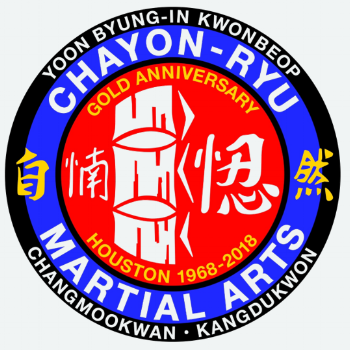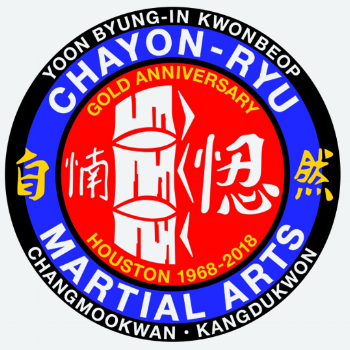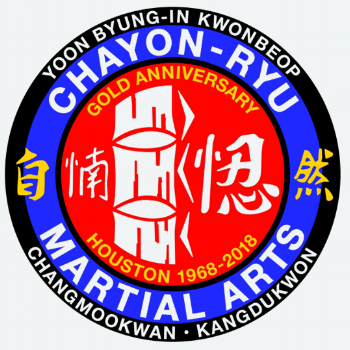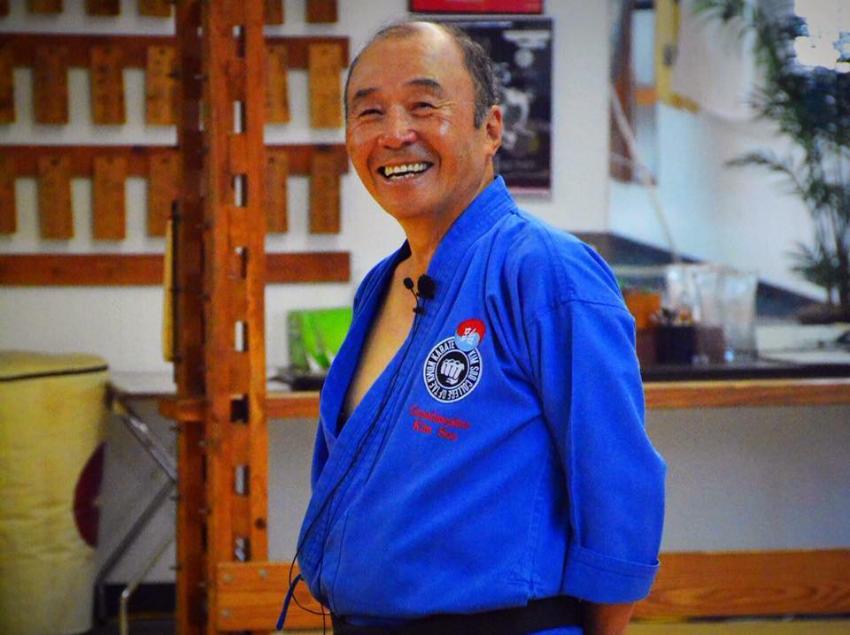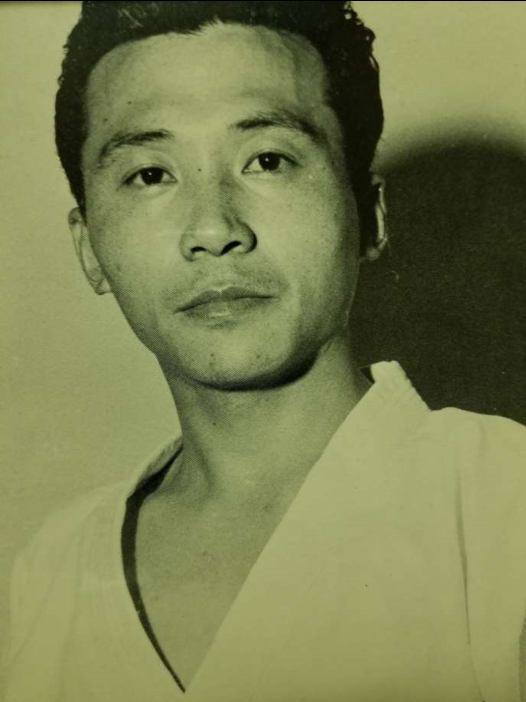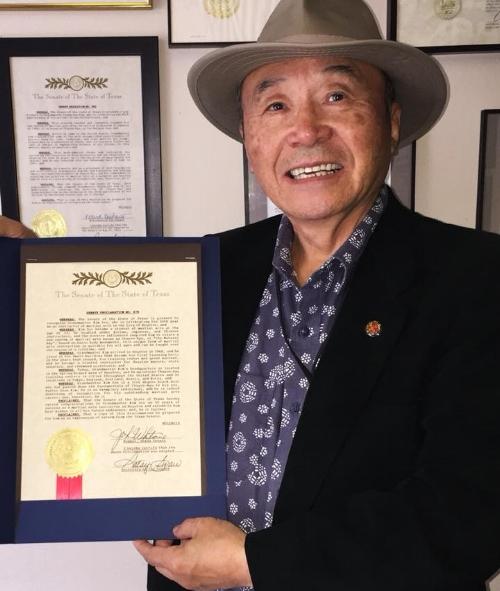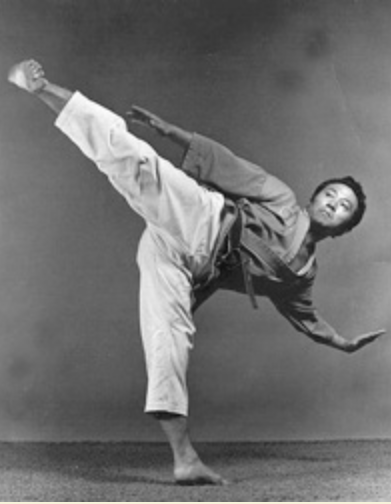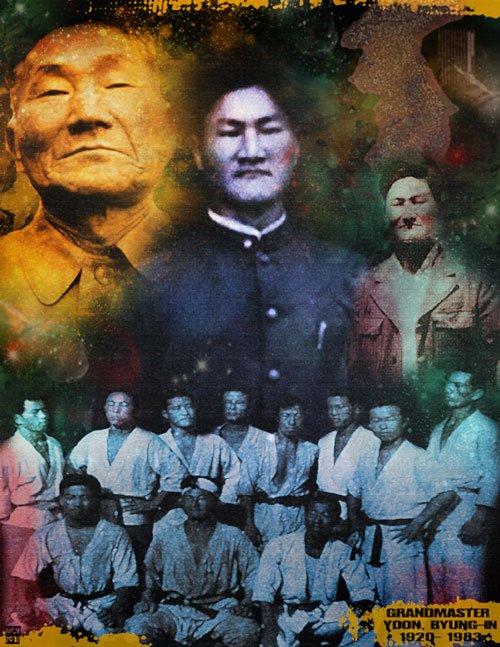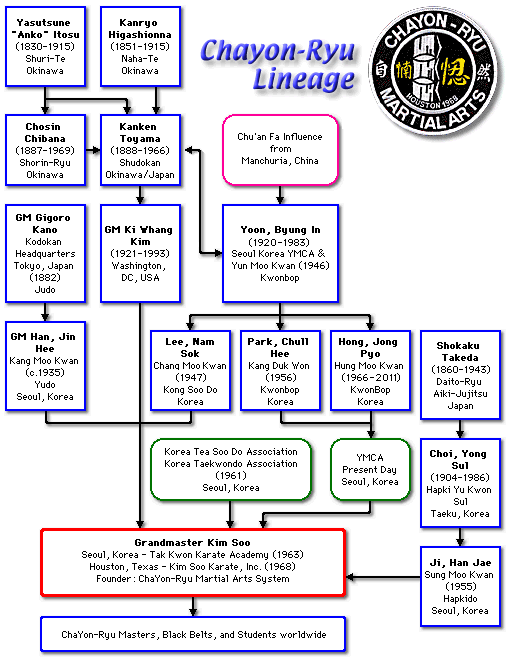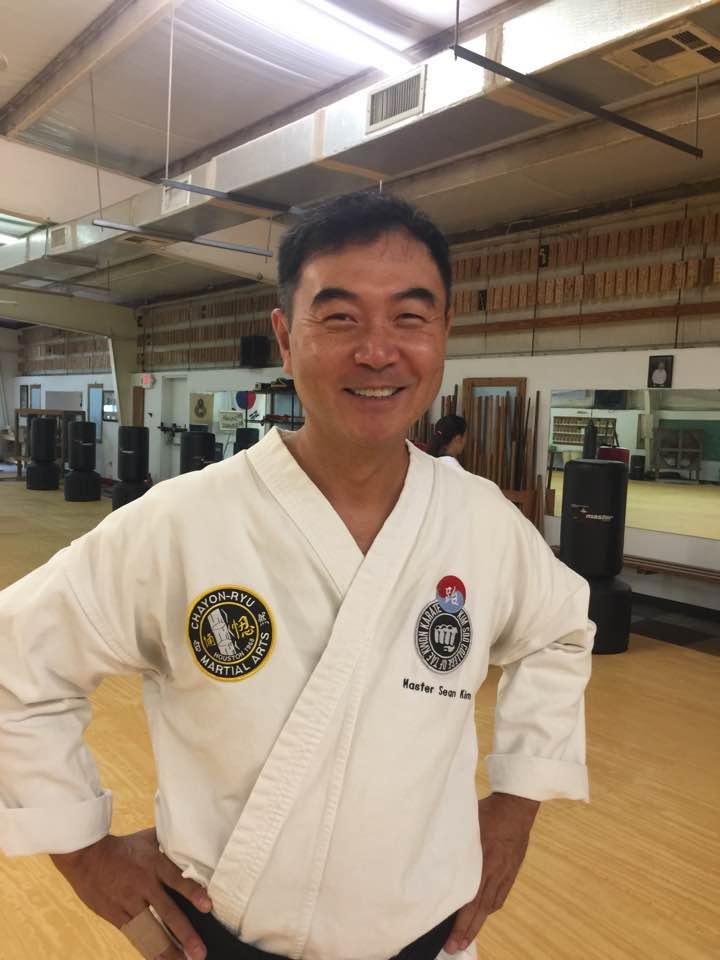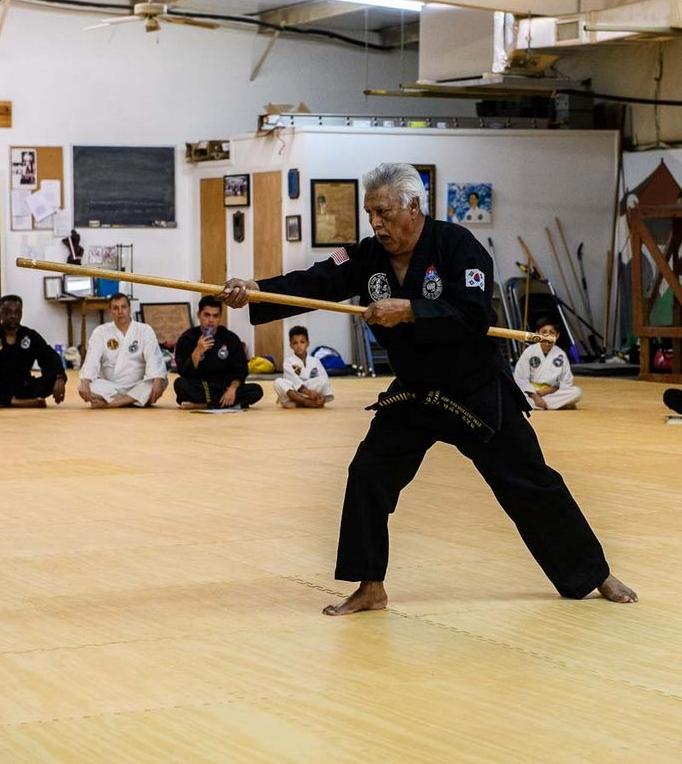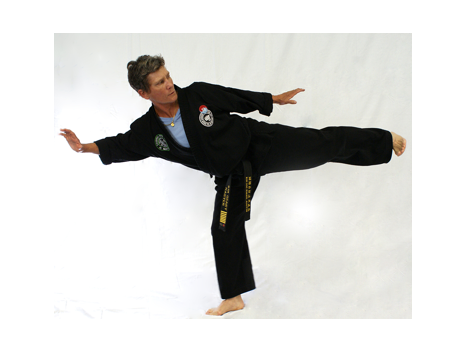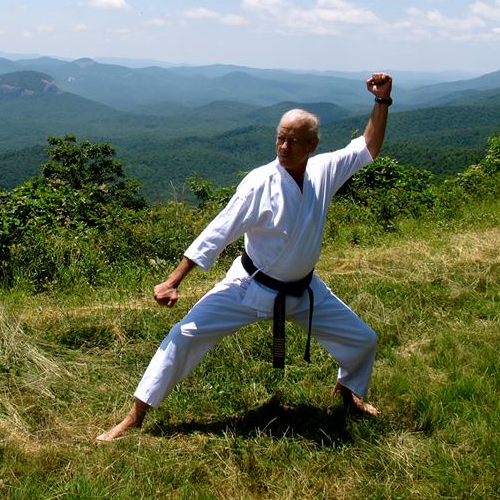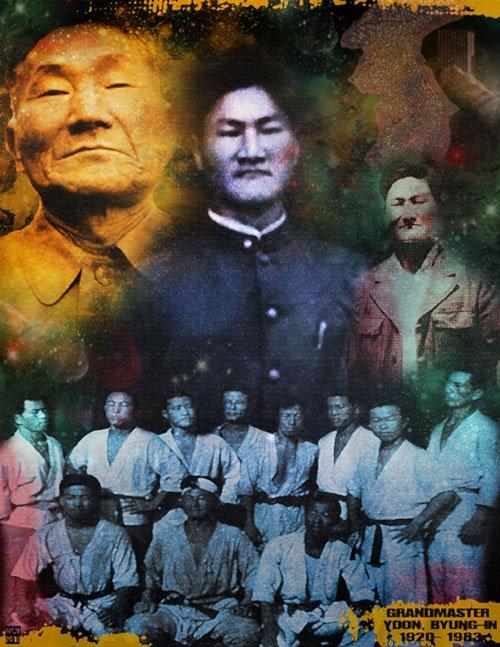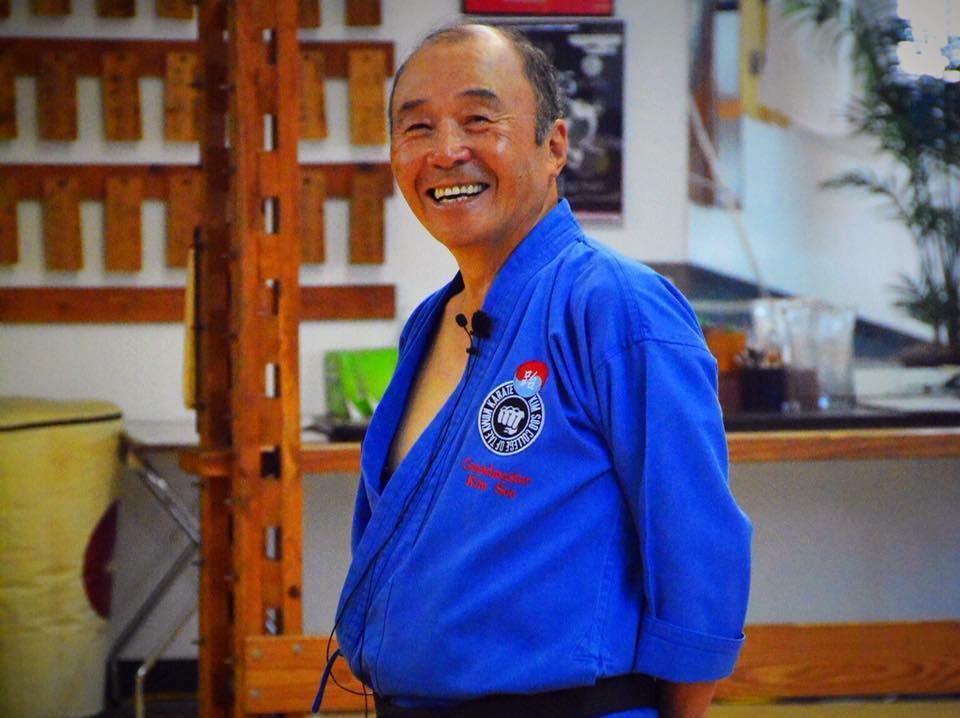CHAYON-RYU SYSTEM PATCH
Chayon-Ryu enjoys a rich heritage with the martial arts from our seniors to present. Though we preserve techniques passed down from several martial art styles, we have a unique system that encompasses all of these styles. As unique as the history that shaped the lineage of Chayon-Ryu is the reason for the name, “Chayon-Ryu” and the meaning of the system patch found on our doboks and on flags in the dojang.
After Grandmaster Kim Soo discovered the underlying principles of martial art in the 1960’s, he was developing a teaching method using natural human motion for instruction of students. Since this approach varied greatly from the teaching method of his seniors, combined with the inclusion of several different styles in one curriculum, it necessitated a new system and name.
But, what would be the name? What would it mean?
Grandmaster Kim struggled with this question. He originally thought he would name our system, “Tong Il,” which means, “unified,” since the system brings together several martial art styles.
Then one evening while working on a farm, Grandmaster Kim had a dream that changed everything. In this dream, Sil Ryong Nim (the devine Mountain god) asked Grandmaster Kim to dig in a field to find the name of his system. After digging for a while, Grandmaster Kim found two bronze tablets each framed by two black belts lying in an L-shape. Sil Ryong Nim asked Grandmaster Kim to choose one of the tablets for his system. Grandmaster Kim was puzzled and didn’t know which to choose. Then Sil Ryon Nim told him that one of the tablets was already known in the world and presented Grandmaster Kim with the other bronze tablet. On the tablet was a bamboo tree with two Chinese symbols inscribed on each side. One symbol “In,” means “patience and another symbol read “Nam.” Early versions of the system patch did not include “Nam” since the meaning was not understood. Both “In” and “Nam” were unique since they were not typically used in martial arts discussions. Grandmaster Kim later learned that “Nam” means, “enlightenment or returning home” and began including it. The five pieces of the bamboo tree stood for Honesty, Humility, Sincerely, Loyalty and Purity.
Another symbol “Shim,” was found on the tablet but not understood. It was not included in the patch until fairly recently. After 30 years of Grandmaster Kim’s research then consultation with Chinese language professors and Zen Masters over 30 years revealed the meaning of the symbol is, “mind.” The modern version of the patch reads “mind patience” and “mind enlightenment.”
Following the natural way and having mind patience while striving to reach the tenets of Honesty, Humility, Sincerely, Loyalty and Purity, students can achieve mind enlightenment.
https://www.kimsookarate.com/chayon-ryu-patch




